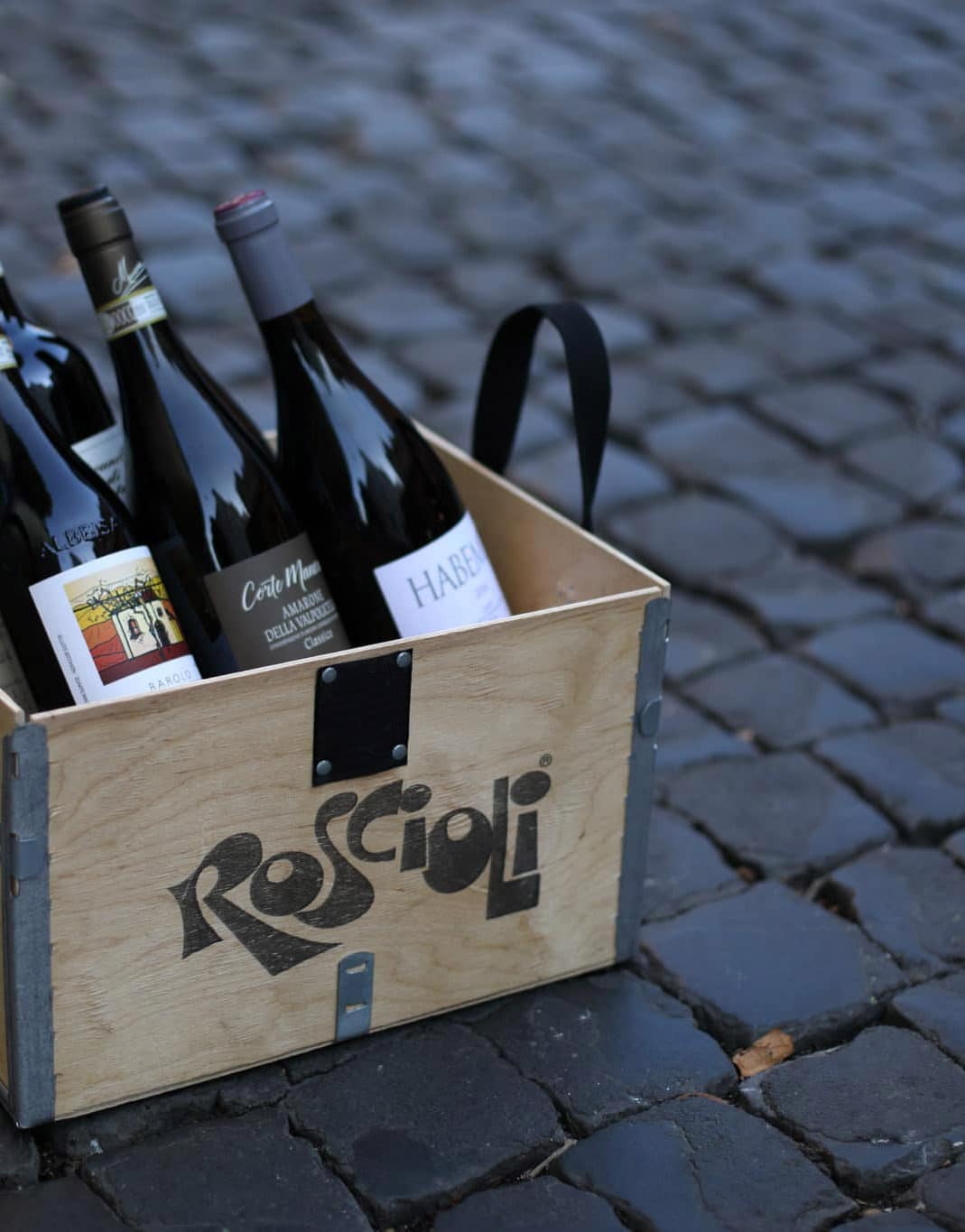If I were to ask you, ‘where would you expect to find better food, Rome or your hometown or country’, what would you answer? Well, perhaps that depends on where you live, but I can only imagine that many of you would guess Rome, since it is in the heart of what many consider the food country of the world. My perceptions would be the same. So how can it be so bad here? Well, being alla frutta or fed up with how difficult I find it to find quality food in Rome, I decided that I was going to explore this topic more and write about my impressions. Much to my surprise, as I was preparing to write what could have been a fairly basic and cheesy article (pardon all my puns), I wound up submerged in a deeper issue outlining the economical changes that changed the face of Italy, and all of Western Europe, during the period after WWII.
For me, 8am signals my craving for a cornetto and coffee – the cultural routine on nearly every Italian’s mind upon waking. One might assume you can’t go wrong with an espresso here, but sadly coffee is changing nearly everywhere with the invention of the coffee capsules. Gone are the more expensive espresso machines that make the correct ratio of crema for the cheaper, domesticated machines that aren’t capable of reaching the proper pressure or temperatures to make a perfect shot. To give you some rough numbers, just 50 years ago, we drank only 5% of the coffee we drink today, yet we have nearly only 5% of the coffee roasting companies we had then – 9500 has become less than 450 here in Italy. Coffee in general now all tastes nearly the same, with only a few large companies purchasing the beans and roasting in bulk. Interestingly, even a quick google search for the World’s Best Barista will find you scrolling down the list of winners quite far before you even find Italy even mentioned. Pair that with the fact that nearly 90% of the cornetti, or croissants, that you find in cafes ar e the factory-made, frozen specialties of Tre Marie, Motta or Alemagna, which have been consolidated into Autogrill – the omnipresent rest stop on Italy’s highways – a company with reach of nearly a billion people annually – and you may realize that staying put for your sausage McMuffin and McCafe wasn’t the worst idea.
e the factory-made, frozen specialties of Tre Marie, Motta or Alemagna, which have been consolidated into Autogrill – the omnipresent rest stop on Italy’s highways – a company with reach of nearly a billion people annually – and you may realize that staying put for your sausage McMuffin and McCafe wasn’t the worst idea.
So, how did this not easy to percieve deception happen? Post-war Italy experienced an economic boom in the 1950s for nearly 2 decades, meaning people had some extra money to spend and could trade their simple home breakfast routine for a newly diverse selection of baked goods like pizza bianca, ciambellone, or a maritozzo from their neighborhood bakery. But with the urban population also growing quite rapidly, a few large companies took advantage of this by utilizing their mass-production and distribution techniques and high marketing budgets to introduce their low-cost/high-margin frozen cornetto, which of course was intriquing to nearly all the cafes who were happy to capitalize on this innovation. Not only that, but you can’t even find a high quality espresso machine made after 1972. So while you may percieve this to be one of the best traditions Italy has to offer, unless you find a quality pasticceria here in Rome (only a handful or so – a breakfast guide article to come) you
Dinner isn’t any easier. Passing through the center of Rome at this hour you’ll find plenty of ‘Ciao bella, we have a great pizza and Chianti’. Horrible decor of fiasco-encased Chianti bottles with a candle as your centerpiece and some plastic ornamental foods hanging adorn many of these odious tourist traps, with cheap (but bad) house wines and ‘alternative’ foods given to unassuming tourists caught up in the nostalgia of travel, many times American’s who they assume are unable to decipher quality foods on their palate. Unfortunately much of this happens because Rome falls under mafia control, where money rather than quality or tradition is their mantra. And because of this, I’m never shocked when I hear our guests say that they have found better Italian food in NY or other big cities in the US, or they tell us the pasta they had with us was night and day from what they had a night earlier.
Even a recent Italian documentary I saw about pizza in Italy confirmed that many pizzerias aren’t even using quality ingredients anymore. When they went into kitchens, extra-virgin olive oil had been replaced by cheaper vegetable or seed oils, better flours were replaced by Type 00 which is easier and faster for them to make pizza dough with, but often not as easy to digest, and even their tomato sauces didn’t come from Italian tomatoes.
 So why, and when, and how is that all this bad and industrialized food found itself here? This is where things became a bit shocking and depressing to read (being that I am American), and the issue goes much deeper than a bad cornetto and cheap Chianti.
So why, and when, and how is that all this bad and industrialized food found itself here? This is where things became a bit shocking and depressing to read (being that I am American), and the issue goes much deeper than a bad cornetto and cheap Chianti.
Ever heard of the Marshall Plan, or European Recovery Program, of 1947? I hadn’t until now. The quick synopsis: it was an American initiative to aid Western Europe after the devastating effects of WWII by giving $13 billion (present day equivalent of $130 billion) to them to use towards increasing productivity, efficiency, modernization in areas of economy, industry, agriculture and defense, and by dropping many regulations in effort to rebuild devastated European economies. There was also a strong push to get Western Europe to unite and be an ally against the growing threat of communism at the time. Don’t get me wrong as you read this, most would agree that there was a huge economical benefit from this American aid to much of Europe. But that doesn’t mean there weren’t some alternative and negative consequences, and I am writing from the perspective of quality, not economics. One major focus of the critics is that this plan was pushed with a strong emphasis on capitalism and the ‘American Way’ onto a culture with much different values. This can be observed in the Marshall Plan propoganda films – of which there are more than 250 – which centered on how American or Western ideals which emphasized consumption over conservation and mass production over craftsmanship, could ‘better’ life in Europe. And for many, it surely did, through financial freedom.
But with tractors and machines replacing manual and custom labor, higher quality black pigs being replaced by their more efficient white breeds, fruits (grapes included) and vegetables being chosen for abundance and ease of production, through preservation techniques being utilized and the list goes on, quality shifted in almost every industry. It would be impossible to blame all of this on the Marshall Plan, as we are living in a time of global industrialization, but some of the remnants of this plan which colonized much of Western Europe can still be seen today in the mass produced, frozen, plasic cornettos in cafes, the off-the-rack instead of time consuming tailor-made clothing, and even the drab and low-quality architecture of new complexes built in the 50s placed against the ornate Roman buildings built centuries ago which are still in great condition.
And so it is…with 2 sides to every token, you can’t take the good without taking some of the bad.

 SEI IN ITALIA? CLICCA QUI
SEI IN ITALIA? CLICCA QUI 
